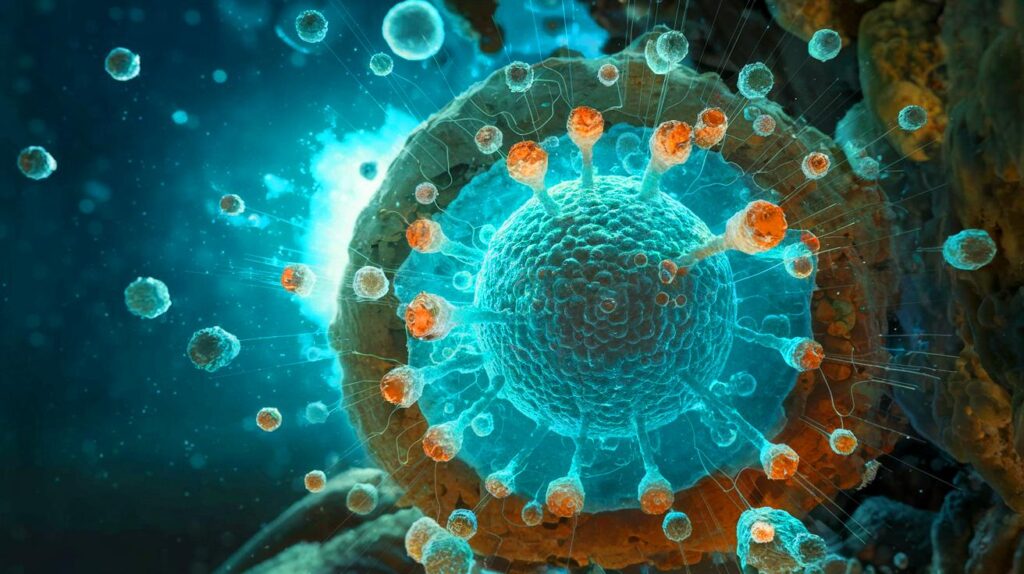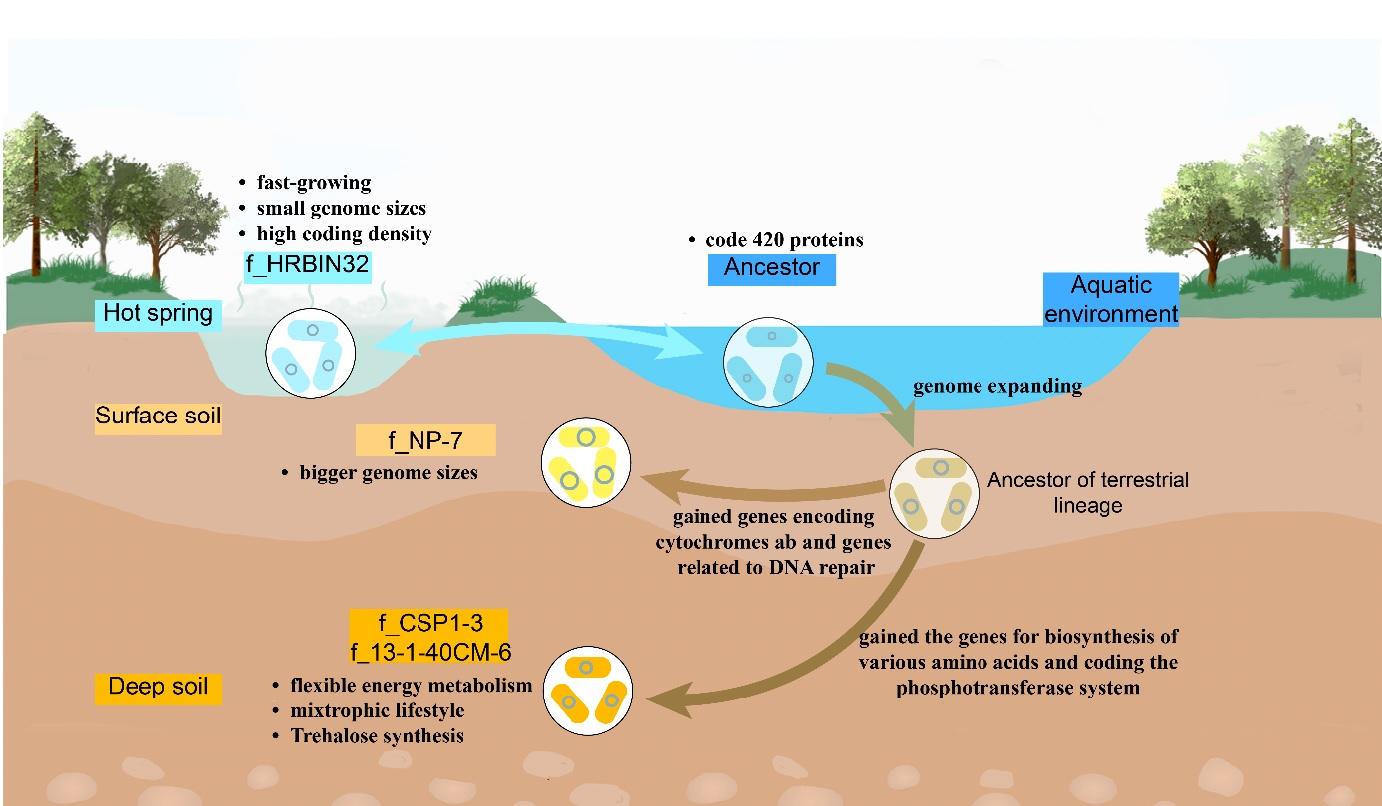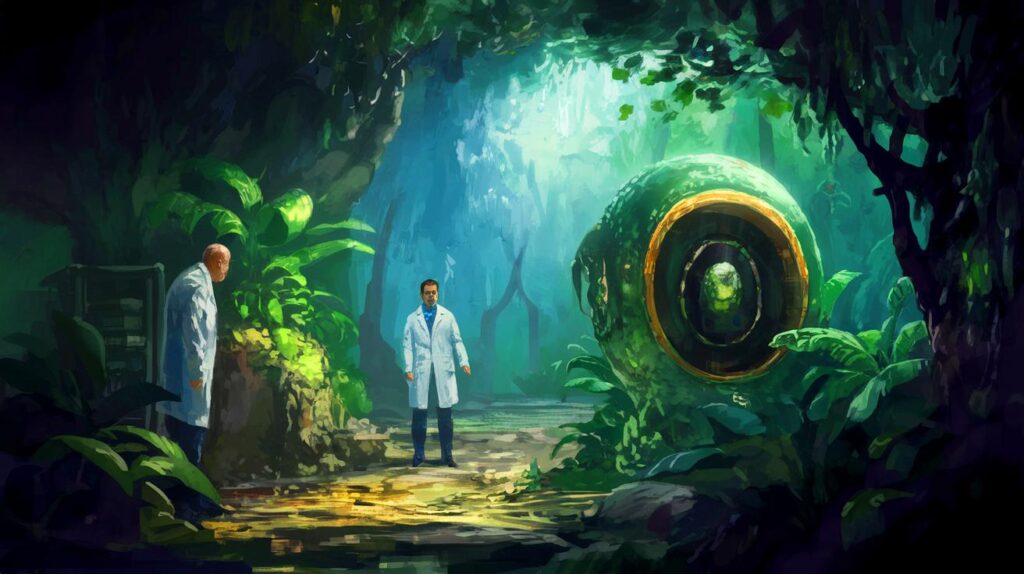| In Brief |
|
Recent scientific discoveries unveil a hidden world beneath our feet, where ancient microbes play a vital role in water purification. These organisms, buried 70 feet underground, are at the center of research that could revolutionize our approach to water management and pollutant treatment. This study, led by Professor Emeritus James Tiedje from Michigan State University, reveals how these microbes could provide natural solutions to current environmental challenges. Let’s explore the fascinating and potentially transformative implications of these findings.
A Hidden Treasure in the Earth’s Critical Zone
Scientists have uncovered a new phylum of microbes, named CSP1-3, in soil samples collected from both the United States and China at depths of 70 feet. This phylum was discovered in the critical zone of the Earth, a region that extends from the tops of trees to 700 feet below the surface. This area is essential as it regulates vital processes such as soil formation, the water cycle, and nutrient flow, all critical for water quality and ecosystem health.
Studies indicate that these microbes were once aquatic, evolving in environments such as hot springs and freshwater bodies. Over millions of years, they migrated from surface soils to deeper layers, where they remain metabolically active. They are not just present; they are dominant, sometimes constituting more than 50% of the microbial community in deep soils.
Purifying Activity and Ecological Role
The soil is the largest natural water filter on Earth, and the chemical, physical, and biological processes it harbors are often underestimated. Unlike surface soils that process limited volumes quickly, deep soils retain more water. This is where CSP1-3 plays a crucial role, feeding on carbon and nitrogen carried by water to enhance the purification process.
James Tiedje and his team are working to cultivate these microbes in the laboratory to understand the unique physiologies that allow them to thrive in this underground environment. This work is complex, as culturing these organisms requires recreating specific conditions that are often difficult to simulate in the lab. The goal is to identify genes capable of metabolizing persistent pollutants, thus providing solutions to some of the most pressing environmental challenges of our time.
Implications and Future Perspectives
Discoveries related to CSP1-3 could have significant implications for water treatment on a global scale. By harnessing their ability to purify water, we could develop new methods for filtering pollutants and improving the quality of drinking water. The study, published in the journal Proceedings of the National Academy of Sciences (PNAS), emphasizes the importance of this research for the future of our planet.
Beyond their water purification potential, these microbes could pave the way for innovations in other fields, including biotechnology and sustainable agriculture. By gaining a deeper understanding of their biology and biochemistry, it may be possible to design applications that leverage their unique capabilities.
Scientific and Environmental Challenges
The discovery of the phylum CSP1-3 highlights the importance of in-depth research to understand the ecological processes that underpin the health of our planet. These microbes, far from being mere scientific curiosities, might hold the keys to solving some of the most pressing environmental challenges we face.
Future research will focus on culturing these organisms and exploring their capacities to metabolize pollutants. This raises a crucial question: how can we use these discoveries to create a more sustainable and environmentally friendly future?










